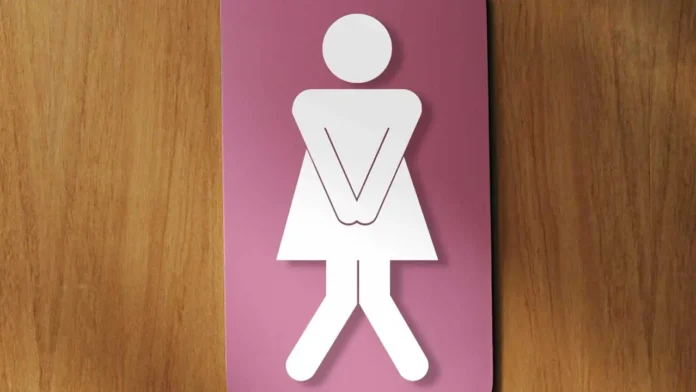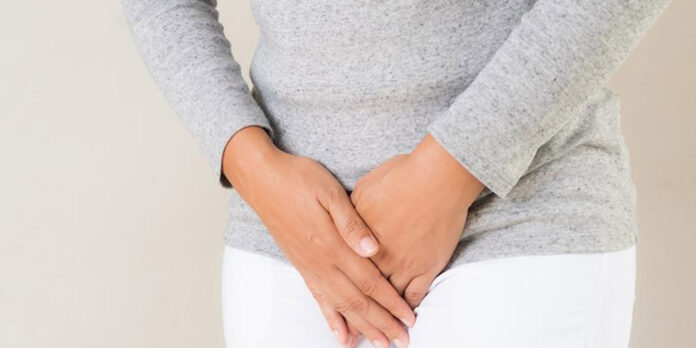
Urinary incontinence is a common problem among older adults, affecting up to 50% of those over the age of 65. While there are many potential causes of incontinence, such as medications, neurological conditions, and weak muscles, there are also several things that can be done to help manage the condition. This article will provide some tips on how to manage urinary incontinence in older adults.
What is Urinary Incontinence?
Urinary incontinence is the involuntary leakage of urine. It is a common problem, especially among older adults. There are many different types of urinary incontinence, and the causes can vary. Treatment depends on the type of incontinence and the underlying cause.
Urinary incontinence is not a normal part of aging, and it can be treated. If you are experiencing any type of urinary incontinence, talk to your doctor.
Common Causes of Urinary Incontinence in Older Adults

There are many potential causes of urinary incontinence in older adults. Some of the most common include:
– Weak pelvic floor muscles: The pelvic floor muscles help to support the bladder and keep urine from leakage. When these muscles become weak, it can lead to incontinence.
– Damage to the nerves that control the bladder: Nerve damage can prevent the bladder from fully emptying, leading to leakage.
– Prostate enlargement: An enlarged prostate can put pressure on the urethra and cause urinary incontinence.
– Medications: Certain medications, such as diuretics and sedatives, can increase the risk of incontinence.
If you are experiencing urinary incontinence, it is important to talk to your doctor to determine the underlying cause. There are treatments available that can help to improve or resolve the problem.
Types of Urinary Incontinence
There are many different types of urinary incontinence, each with its own set of symptoms and causes. The most common types of urinary incontinence in older adults are:
- Stress incontinence: This type of incontinence is caused by weakened pelvic floor muscles, which can happen due to pregnancy, childbirth, or menopause. Stress incontinence can also be a side effect of certain medications, such as those for high blood pressure or anxiety. Symptoms include leakage when coughing, laughing, sneezing, or exercising.
- Urge incontinence: Also called overactive bladder, urge incontinence is caused by the bladder muscle contracting too frequently. This can be a side effect of certain medical conditions, such as Parkinson’s disease or a stroke. It can also be caused by an infection or inflammation in the urinary tract. Symptoms include a strong need to urinate that is hard to control, as well as leakage.
- Mixed incontinence: As the name suggests, mixed incontinence is a combination of stress and urge incontinence. symptoms can vary depending on which type of incontinence is predominant.
- Functional incontinence: This type of incontinence is caused by a physical or mental impairment that makes it difficult to get to the bathroom in time. For example, someone with arthritis may not be able to get to the toilet quickly enough. Other causes can include dementia, paralysis, or spinal cord injuries.
- Overflow incontinence: This type of incontinence is caused by an inability to empty the bladder completely. It can be a side effect of certain medications, such as those for enlarged prostate or Parkinson’s disease. It can also be caused by nerve damage or blockages in the urinary tract. Symptoms include leakage and a feeling that the bladder has not been completely emptied.
- Transient incontinence: This type of incontinence is temporary and usually resolves on its own. It can be caused by medications, pregnancy, constipation, or an infection.
Treatment Options for Urinary Incontinence

There are a variety of treatment options for urinary incontinence in older adults. Some of the most common treatments include:
– Medications: There are a number of medications that can be used to treat urinary incontinence, including anticholinergics, beta-3 agonists, and tricyclic antidepressants.
– Pelvic floor muscle exercises: These exercises can help to strengthen the muscles that support the bladder and help to prevent leakage.
– Bladder training: This involves gradually increasing the time between bathroom visits. This can help the bladder muscles to become stronger and reduce leakage.
– Absorbent products: These products, such as pads or diapers, can help to absorb urine and protect clothing from leaks.
– Incontinence treatment stimulator: This device is used to treat urinary incontinence. The device is placed over the pubic bone and sends electrical impulses to the pelvic floor muscles. These impulses help to strengthen the muscles and reduce leakage.
– Surgery: In some cases, surgery may be necessary to treat urinary incontinence. This includes procedures to repair damage to the bladder or pelvic floor muscles, or to implant a device that supports the bladder neck.
Prevention of Urinary Incontinence
– One of the best ways to prevent urinary incontinence in older adults is to have them perform regular Kegel exercises. Kegel exercises strengthen the muscles that support the bladder and help to control urination.
– Another way to prevent urinary incontinence is to have the older adult maintain a healthy weight. Excess weight can put pressure on the bladder and lead to incontinence.
– Older adults should also avoid beverages that can irritate the bladder, such as caffeine and alcohol. And, they should make sure to empty their bladder completely when they go to the bathroom.
Diagnosis of Urinary Incontinence

If you are experiencing urinary incontinence, it is important to consult with a medical professional to rule out any underlying causes. Urinary incontinence can be caused by a variety of conditions, so it is important to get an accurate diagnosis.
Your doctor will likely ask about your symptoms and medical history. They may also perform a physical examination and order tests, such as a urinalysis or bladder scan. These tests can help determine the cause of your urinary incontinence.
Once the cause of your urinary incontinence has been determined, your doctor will work with you to develop a treatment plan. Treatment options vary depending on the cause of your urinary incontinence, but may include medication, changes in lifestyle or diet, pelvic floor muscle exercises, or surgery.
When to See a Doctor for Urinary Incontinence?
There are a number of treatments available for urinary incontinence, but it is important to see a doctor if the problem is impacting your quality of life. Many people are ashamed to talk about their incontinence, but it is a common problem, especially among older adults. If you are leaking urine, having accidents, or waking up at night to urinate, make an appointment to see your doctor. They will ask about your medical history and perform a physical exam. They may also order tests, such as urine tests or an ultrasound, to rule out other causes of your symptoms.
Incontinence can be treated with medication, lifestyle changes, surgery, or a combination of these approaches. The best treatment depends on the underlying cause of your incontinence and how severe your symptoms are. Medications that can help include anticholinergics, beta-3 adrenergic agonists, and topical estrogen. Lifestyle changes that may be helpful include weight loss (if you are overweight), quitting smoking, avoiding caffeine and alcohol, and doing pelvic floor muscle exercises. In some cases, surgery may be necessary to treat incontinence.
Conclusion
Urinary incontinence is a common problem, especially among older adults. It can be caused by a variety of things, such as weak pelvic floor muscles, damage to the nerves that control the bladder, or prostate enlargement. There are many different types of incontinence, each with its own set of symptoms and causes. Treatment options vary depending on the type of incontinence and the underlying cause. If you are struggling with urinary incontinence, don’t hesitate to see a doctor.








